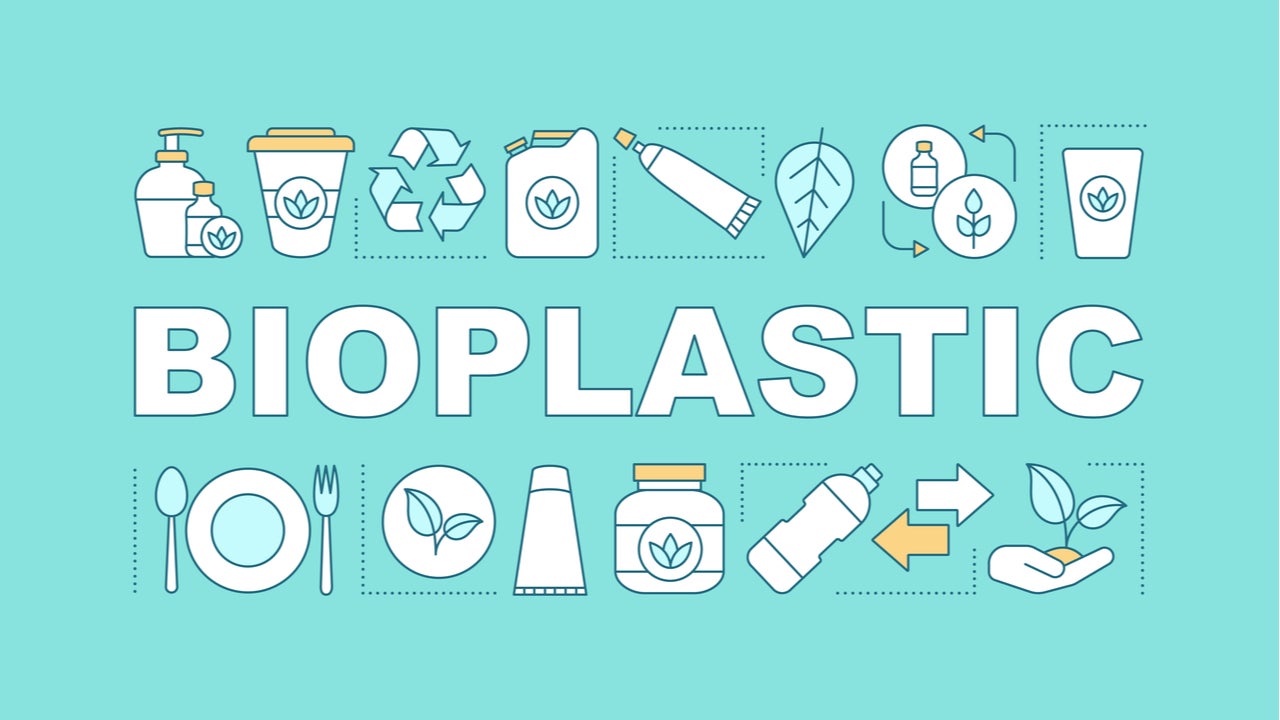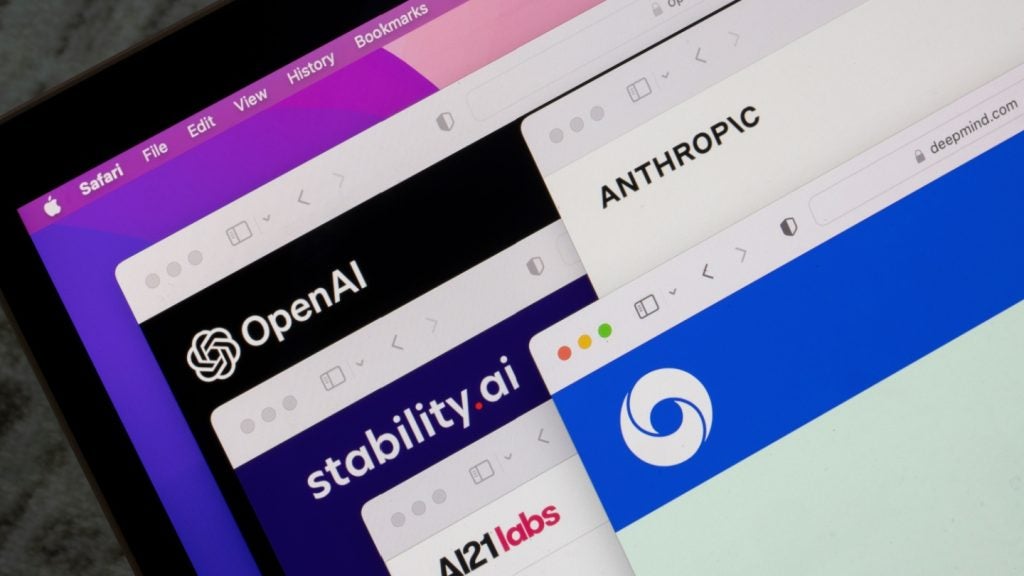
According to the European Bioplastics Association, the bioplastics market is predicted to grow by 36% over the next five years. Bioplastics are attracting the attention of globally recognized brands, like Coca-Cola, Lego, and L’Oréal, and are a significant investment area for packaging companies.
The term bioplastics encompasses biodegradable plastics and bio-derived plastics. Unlike traditional plastics made from fossil fuels, bio-derived plastics are made from natural materials such as sugar cane, wood, potatoes, and corn. As a result, bio-derived plastics can significantly reduce the carbon emissions associated with plastic production.
A new study in the journal Science indicated that global plastic pollution is approaching an irreversible tipping point. Plastic takes anywhere between 20 to 500 years to decompose and has been found across the planet, from deserts to the deep sea. Media coverage and public attention devoted to the worsening problem of single-use plastic has increased considerably over recent years. Government and consumer pressure, combined with adverse media coverage, is driving a rise in demand for alternatives to single-use plastics. In 2019, 368 million tonnes of new plastics were manufactured using fossil fuels. By 2050, virgin plastic production could consume up to 13% of the remaining global carbon budget, set out by the Paris agreement. Bio-derived plastics have lower carbon emissions during production compared to fossil fuel-derived plastics and can be biodegradable.
Shift towards a circular plastic economy
There is increasing pressure for an environmentally-centric circular plastic economy. The EU has implemented a ban on 10 single-use plastic items representing 70% of all marine litter. It covers cotton bud sticks, cutlery, plates, straws, stirrers, sticks for party balloons, and food and drink containers made from expanded polystyrene. The ban also includes products made from oxo-degradable plastic, which rapidly fragment to release microplastics into the environment. Other legislation, such as the EU Circular Economy Action Plan and the UK Circular Economy Package, are also pushing the circular economy agenda.
A major consumer trend is a preference for environmentally friendly products and packaging. Environmentally friendly packaging material was a key driver of purchase for 34% of respondents to a GlobalData consumer survey, with 44% stating that it was nice to have but not essential.
Packaging companies are incorporating bioplastics into production. In 2020, Amcor used 436,268 tons of bio-based raw materials – approximately 14% of its total materials. The packaging company Sealed Air has set a goal, by 2025, to use 50% less virgin fossil-based materials.
How well do you really know your competitors?
Access the most comprehensive Company Profiles on the market, powered by GlobalData. Save hours of research. Gain competitive edge.

Thank you!
Your download email will arrive shortly
Not ready to buy yet? Download a free sample
We are confident about the unique quality of our Company Profiles. However, we want you to make the most beneficial decision for your business, so we offer a free sample that you can download by submitting the below form
By GlobalDataBioplastics are a component of many brands’ environmental strategies. Coca-Cola created the ‘plant bottle’ made partially from bio-based polyethylene terephthalate (PET) derived from sugar cane residue and can be recycled. Lego uses bioplastics, made from sugar cane, in manufacturing around 5% of its plastic products. Demand for bioplastic is likely to increase with many brands incorporating bioplastics in their environmental targets. For instance, L’Oréal has stated that by 2030, 100% of the plastics used in their packaging will be either from recycled or bio-based sources.
Challenges facing bioplastics
Bio-derived plastics face critical challenges before they achieve large-scale market penetration. Firstly, bioplastics can have cost up to four times more than fossil fuel-derived plastics, depending on the product. Additionally, not all bio-derived plastics are biodegradable or easily recyclable.
Bio-based plastics require high-temperature industrial composting facilities to break down, something which many cities do not have. Furthermore, they do not biodegrade in landfills and can contaminate recycled plastics and damage recycling infrastructure if not discarded correctly.









Related Company Profiles
Amcor Plc
Lego AS
Sealed Air Corp